Letchworth Village Asylum
Introduction
Text-to-speech Audio
Images
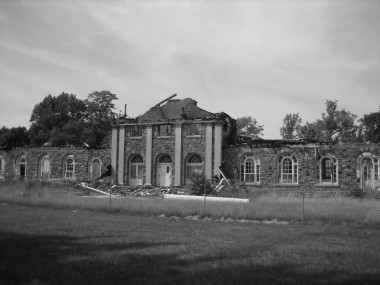
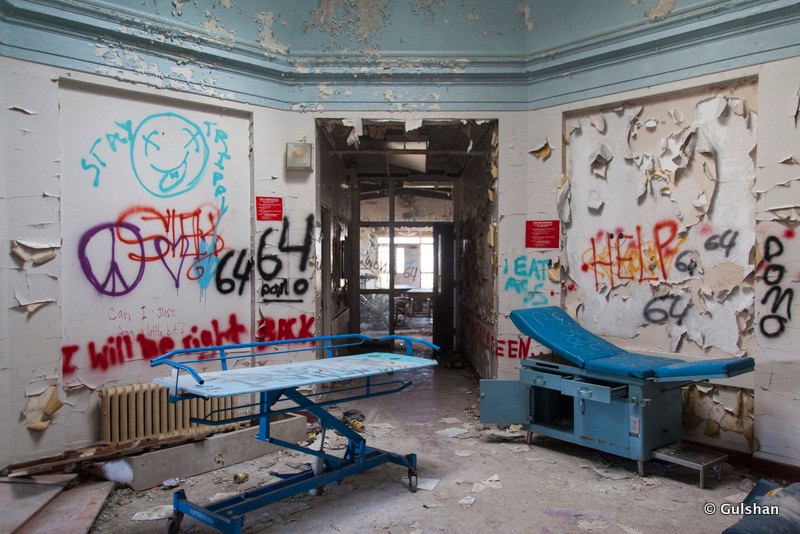
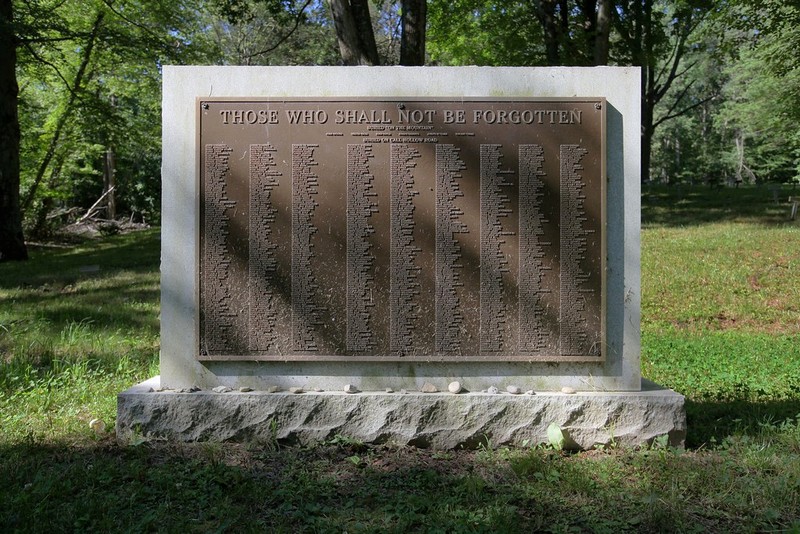
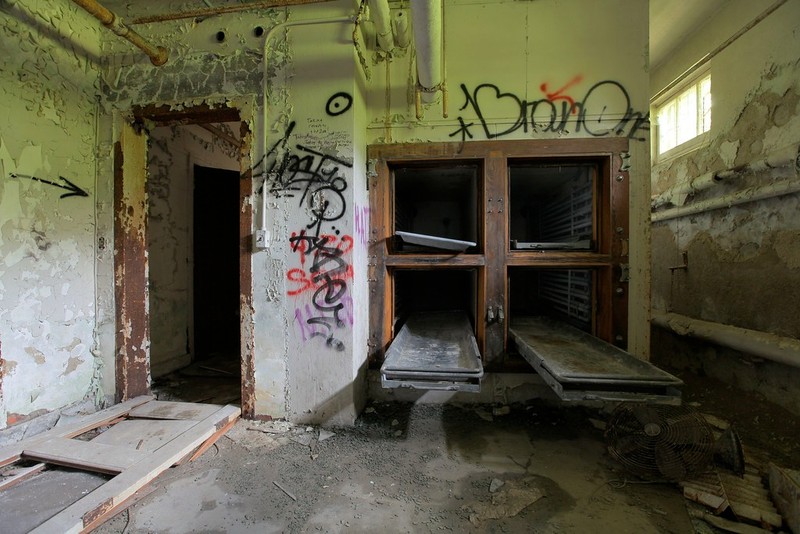
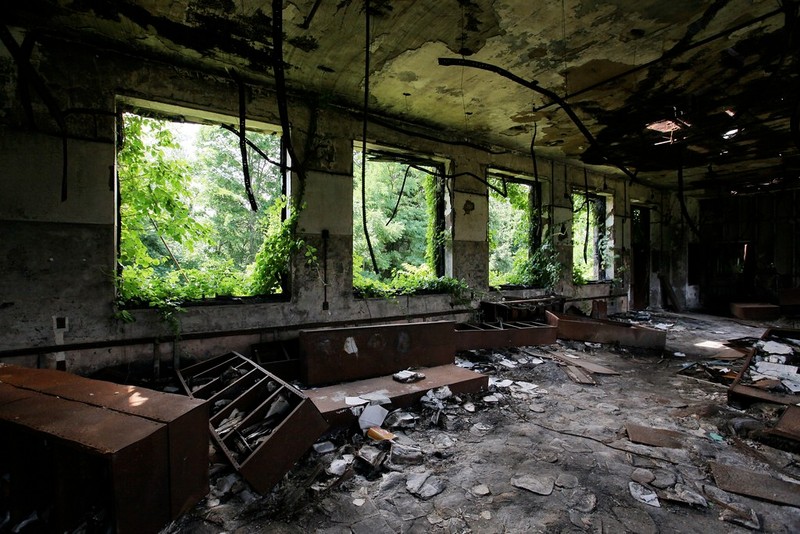
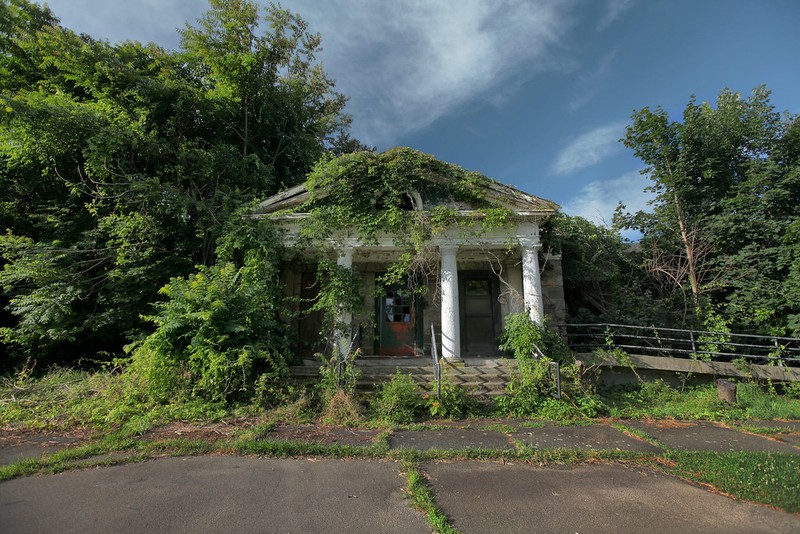
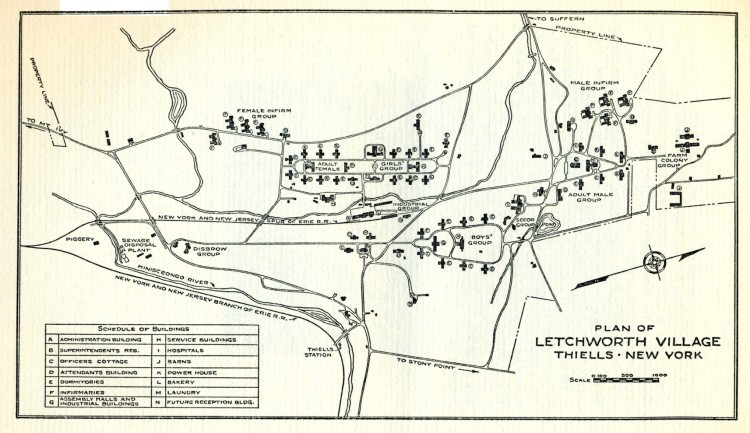
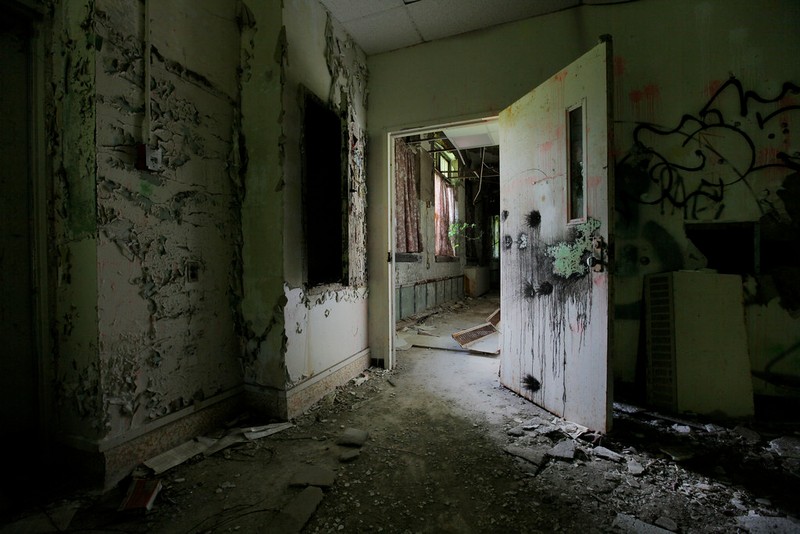
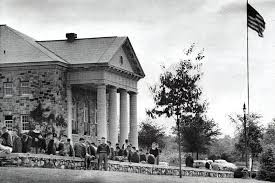
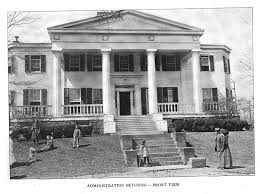
Backstory and Context
Text-to-speech Audio
The Letchworth Village grew to become more than 130 buildings on 2,000 acres and was designed to care for and board about 3,000 patients. The final completion of Letchworth Village occurred quickly in which the institution resides at the heart of three towns: Haverstraw, Thiells, and Stony Point. The acres surrounding the mental facility provided a vast amount of leisure space for patients. In addition to Letchworth Village being constructed to be a more humane environment for the mentally disabled, it also benefited nearby towns due to employing about 10,000 locals during the mental institution's peak. There were separate living spaces and training facilities in order to segregate children, women, men, and the elderly. The construction for each of the dormitories was only to be two stories and to house only 70 patients. The structure included in the large area of land at Letchworth Village Asylum were a hospital, laboratory, dining halls, housing arrangements for faculty. Other additional buildings on the asylum’s land included a gym, theater, Sunday school, firehouse, boiler house, laundry rooms, a refrigeration plant, bakery, storehouse, workshops, and administrative offices.
Letchworth Village was described and promoted to be the most ideal place for an individual who was mentally disabled and praised highly by the public. However, over time rumors began to surface on how the patients at Letchworth Village were being neglected, malnourished, and mistreated by the faculty and medical staff. Many of the children of Letchworth Village suffered through the most cruelty and mistreatment from the staff members. The children often looked sick and endured extreme cases of malnourishment due to the lack of food, water, and basic necessities, based on the recollections made by staff and visitors at Letchworth Village. There were many reports made that alleged the neglect of the patients and accused Letchworth Village of having poor funding.
By 1921, there were approximately 1,200 patients at Letchworth. Then by the 1950s, the village was overpopulated with over 4,000 patients. And by the 1960s, the number of patients increased to over 5,000. Due to overpopulation issues, the state had made the decision to not build more structures, leading to patients being packed into dormitories. The majority of families of the patients were responsible for overpopulation due to them abandoning and neglecting their relatives at Letchworth Village and never returning or visiting. Over time the state of New York and Letchworth Village was discontinuing the operation of the majority of its structures and relocated patients into group homes. Letchworth Village Asylum closed down in 1996 due to methods of segregating patients that were developmentally disabled were replaced with a method toward normalization and inclusion into society. The state has made efforts to sell the property but failed to. Most of Letchworth Village’s structures were due to be demolished in 2004 in order to create a 450-unit condo development, but the plan has evidently been seized. Today, the remains of the Letchworth Village Asylum are damaged due to failing building structure, wildlife, mold, and graffiti from individuals who have passed through the site.
There is a site only a mile away the remains of the Letchworth Village Asylum named The Nameless Cemetery, that can be visited in the current day. At The Nameless Cemetery, there are hundreds of t-shaped markers with only numbers labeled on them to represent the deceased patients from Letchworth Village. Not many visit the gravesites and it was by requests of the families for the graves of the deceased to remain nameless even after death. Few of the deceased patients' families made efforts to remember their relatives or to have their family names inscribed on the stones of the mentally challenged. In the last few years, the New York state agencies and advocates funded the creation and installation of a memorial plaque now placed at the front of the cemetery. The memorial plaque is inscribed with the words "Those who shall not be forgotten" and a list of the silent deceased patients.
Sources
Levine, David. The Real History of Letchworth Village, Hudson Valley. January 18th, 2020. Accessed January 31st, 2021. https://hvmag.com/life-style/history/letchworth-village-thiells/.
This source is an article on the history of the Letchworth Village Asylum and the historical background that gives insight into the many atrocities that took place at the facility during the time it was opened to the public. The source can be used for the information about the asylum and how the negative treatment towards patients led to the facility's downfall and its closing down. The article also provides information on how the facility was established and how over time it grew in the opposite direction from the founder's original purpose of creating the asylum.
Ellis, W. Legend Tripping in Letchworth Village. January 24, 2017. Accessed March 28, 2021, https://abandonednyc.com/2012/08/05/legend-tripping-in-letchworth-village/
This source is an article on the landscape of the remains of Letchworth Village Asylum and includes photography of how the abandoned asylum looks like today. The source also provides information on the historical background of Letchworth Village and the building plans that were created before it was built and opened to the public. This source can be used for the picture evidence of how Letchworth Village Asylum has changed over time and how the remains of the abandoned asylum portray the poor condition and horrific experience that took place at the facility during the years when it was active.
Corcoran, D. Graves without names for the forgotten mentally retarded. December 9, 1991. Accessed March 28, 2021.https://www.nytimes.com/1991/12/09/nyregion/thiells-journal-graves-without-names-for-the-forgotten-mentally-retarded.html
This source is a New York Times article from 1991 that details information on the unmarked gravesites of patients from the Letchworth Village Asylum. The article provides information on Letchworth Village has a burial ground where hundreds of deceased residents reside and their graves are marked with numbers due to some families not wanting to disclose the patient's name or for people to connect the families name and remain private to the public. Also included in the article is how the attendants of the property of the abandoned Letchworth Village try to remain upkeep of the burial sites and how they have to take care of any vandalism or destruction made towards the burial grounds by trespassers. The source can be used to provide information on how there are some unidentified deceased patients that attended Letchworth Village Asylum due to their information and names being withheld by their families and not having a proper burial site.
W, B. Letchworth Village History - Abandoned Insane Asylums. January 14, 2018. Accessed March 28, 2021. https://owlcation.com/humanities/Letchworth-Village-Abandoned-Insane-Asylums
This source provides information on the negative history of Letchworth Village Asylum and how it became a mental institution known for its horrific treatments directed towards residents. The source involves information that explains how Letchworth had a positive purpose to help individuals that suffered from mental illness, however, over time the sentiment of the asylum changed and soon became a place that was unfit to help treat and provide safety and care to individuals who needed medical assistance. Also provided in the article are stories and information that describe the poor treatment that patients received from faculty at Letchworth Village. This source can be used for the historical information on Letchworth Village and the dreadful history behind the mental facility that soon resulted in the facility closing down.
Saraniero, N., Young, M., & Mayes-Osterman, C. Inside abandoned Letchworth Village, a former mental institution in Rockland County NY. March 29, 2016. Accessed March 28, 2021. https://untappedcities.com/2016/03/29/inside-abandoned-letchworth-village-a-former-mental-institution-in-rockland-county-ny/
This source provides images of Letchworth Village Asylum. The source includes images that portray how the deserted buildings reside on the property that used to be known as the Letchworth Village Asylum. Many of the images include abandoned rooms inside of the asylum and how it has faced a lot of internal deterioration such as graffiti, mold, wildlife, fire damage, and etc. This source can be used in order to provide photographic evidence of the location of the abandoned Letchworth Village Asylum and how it represents the buildings that were used in the duration of which the asylum was an open psychiatric facility.
http://www.letchworthvillage.info/index.html
https://untappedcities.com/2016/03/29/inside-abandoned-letchworth-village-a-former-mental-institution-in-rockland-county-ny/
https://abandonednyc.com/2012/08/05/legend-tripping-in-letchworth-village/
https://abandonednyc.com/2012/08/05/legend-tripping-in-letchworth-village/
https://abandonednyc.com/2012/08/05/legend-tripping-in-letchworth-village/
https://abandonednyc.com/2012/08/05/legend-tripping-in-letchworth-village/
https://abandonednyc.com/2012/08/05/legend-tripping-in-letchworth-village/
https://abandonednyc.com/2012/08/05/legend-tripping-in-letchworth-village/
https://www.google.com/url?sa=i&url=https%3A%2F%2Fautopsyofarchitecture.com%2Fletchworth-village%2F&psig=AOvVaw0nKmHBpGshB9gyjHbfGjrh&ust=1619471558545000&source=images&cd=vfe&ved=2ahUKEwia4ITpp5rwAhXHBFMKHVt1DrgQr4kDegUIARCyAQ
https://www.google.com/imgres?imgurl=https%3A%2F%2Fi0.wp.com%2Fstatic1.opacity.us%2Fimages%2Fdb%2F16%2Fresource%2Fnys_assembly_administration.jpg&imgrefurl=https%3A%2F%2Fpeelingwalls.wordpress.com%2F2017%2F02%2F04%2Fnew-york-letchworth-village-rehabilitation-center%2F&tbnid=R9MT9LL8ZqyBdM&vet=12ahUKEwia4ITpp5rwAhXHBFMKHVt1DrgQMygeegUIARDEAQ..i&docid=32uaOGH33bD4FM&w=809&h=603&q=irving%20haberman%20letchworth%20photos&hl=en&ved=2ahUKEwia4ITpp5rwAhXHBFMKHVt1DrgQMygeegUIARDEAQ
